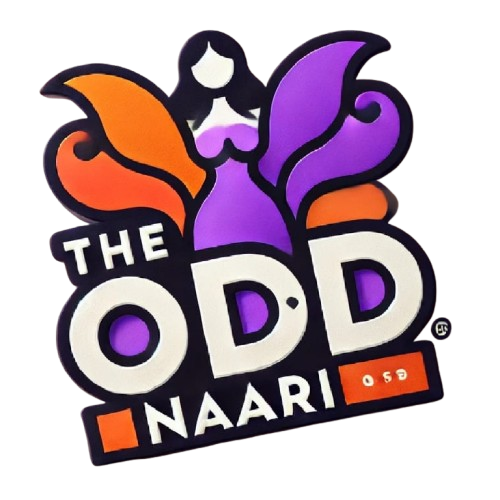Personality test: Are you an introvert, extrovert, or ambivert?
A viral optical illusion personality test, shared by Marina Winberg, claims to reveal if you're an introvert, extrovert, or ambivert. The image features reeds, a swan, and a woman's face. According to the test, spotting reeds first suggests introversion, a swan indicates extroversion, and the woman's face points to being an ambivert.

Personality Test: Are You an Introvert, Extrovert, or Ambivert?
Breaking News, Daily Updates & Exclusive Stories - theoddnaari
In today's fast-paced world, understanding ourselves and our personalities has become more relevant than ever. A new viral optical illusion personality test, popularized by Marina Winberg, has taken social media by storm. It claims to provide insights into whether you are an introvert, extrovert, or ambivert based on what you see first in an intriguing image featuring reeds, a swan, and a woman's face. But how accurate or meaningful is this test? Let's delve deeper.
Understanding the Test: What Do You See First?
The optical illusion image presents three distinct images, each symbolizing different personality traits. According to the test:
- Reeds: If you spot the reeds as the first element, this suggests that you may be an introvert. Introverts often prefer solitude and may feel drained by social activities.
- Swan: Spotting the swan indicates that you may be an extrovert. Extroverts thrive on social interactions and often feel energized in group settings.
- Woman's Face: If the first thing you see is the woman's face, you are likely an ambivert, which means you possess traits of both introversion and extroversion.
The Psychology Behind Personality Types
Personality classifications into introverts, extroverts, or ambiverts is based on how individuals respond to social environments. While the optical illusion may not be a scientifically confirmed method for assessing personality, it does highlight a broader interest in understanding personal traits. Psychologists have long studied these personality types, noting that they can significantly influence behavior, relationships, and career choices.
Does This Test Actually Mean Anything?
While the illusion is entertaining and thought-provoking, experts warn that personality is multifaceted. Many factors contribute to our personality, including upbringing, environment, and personal experiences. A simple visual exercise may provide a fun perspective but shouldn’t be the sole determinant of your personality type.
Moreover, the concept of being an ambivert is particularly interesting as it reflects the spectrum of personality traits rather than adhering to a rigid classification. Studies reveal that many people often exhibit behaviors across a continuum, balancing both introverted and extroverted tendencies in various situations.
Final Thoughts: Embracing Your Unique Personality
So, whether you identify as an introvert, extrovert, or ambivert, it's essential to embrace your unique personality. Recognizing your traits can help in personal growth and improving interpersonal relationships. This viral test serves as a light-hearted way to encourage self-reflection and conversation about our differences in social preferences.
For more insights into personality types and what they mean for you, visit theoddnaari for more updates.







